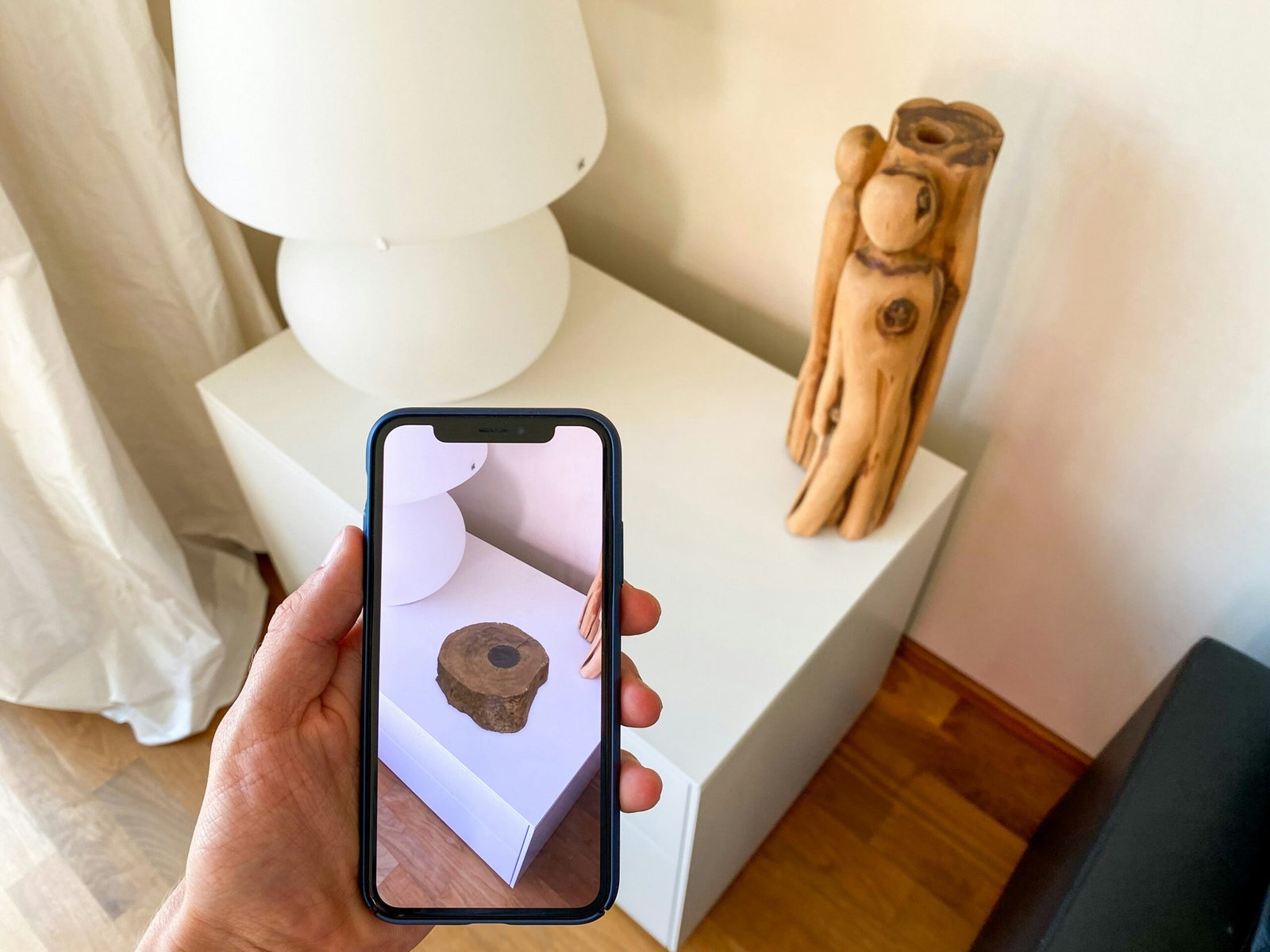Introduction
In recent years, digital twin technology has gained significant attention in various industries, offering a virtual representation of physical assets or systems. As the popularity of digital twins continues to grow, the importance of user interfaces (UI) and user experience (UX) design for virtual simulation platforms becomes paramount. In this article, we will explore effective UI/UX strategies for digital twin interfaces, focusing on enhancing the user experience and maximizing the potential of these virtual replicas.
Understanding Digital Twin Interfaces
A digital twin interface acts as a bridge between users and the virtual simulation platform, allowing them to interact with the digital replica of the physical asset or system. The success of a digital twin relies heavily on its user interface and the overall experience it provides to users. A well-designed interface should be intuitive, visually appealing, and capable of delivering accurate and real-time data.
1. Simplify Complex Data
One of the key challenges in designing digital twin interfaces is presenting complex data in a simplified manner. Digital twins often generate vast amounts of data, which can overwhelm users if not properly organized and displayed. UI/UX designers should focus on presenting the most relevant information in a clear and concise manner, using visualizations, charts, and graphs to aid comprehension.
2. Real-time Data Visualization
Real-time data visualization is crucial for digital twin interfaces as it allows users to monitor and analyze the performance of physical assets or systems in real-time. Designers should prioritize displaying real-time data in an easily understandable format, such as interactive dashboards or animated graphics. This enables users to make informed decisions and take proactive actions based on the insights provided by the digital twin.
3. Interactive Controls
Interactive controls play a vital role in digital twin interfaces, as they enable users to manipulate and control the virtual simulation. Designers should focus on creating intuitive and responsive controls that mimic the behavior of the physical asset or system. This enhances the user’s sense of immersion and allows them to experiment with different scenarios and parameters to understand the impact on the real-world counterpart.
4. Collaboration and Communication
Digital twin interfaces should facilitate collaboration and communication among users. Designers should incorporate features that allow multiple users to interact with the virtual simulation simultaneously, enabling real-time collaboration and knowledge sharing. Additionally, integrating chat or messaging functionalities can further enhance communication between users, fostering a collaborative environment for problem-solving and decision-making.
5. Customization and Personalization
Every user has unique preferences and requirements when interacting with a digital twin interface. Designers should consider incorporating customization and personalization options to cater to individual user needs. This could include allowing users to customize the layout, color schemes, and data visualizations to suit their preferences. Personalization options enhance the overall user experience and make the interface more user-friendly.
6. Mobile Accessibility
In today’s mobile-driven world, it is essential to ensure that digital twin interfaces are accessible on mobile devices. Designers should optimize the interface for mobile screens, considering factors such as touch interactions and responsive design. Mobile accessibility allows users to access and interact with the digital twin anytime, anywhere, providing flexibility and convenience.
Conclusion
Effective UI/UX strategies are crucial for digital twin interfaces to deliver a seamless and immersive user experience. By simplifying complex data, visualizing real-time information, providing interactive controls, facilitating collaboration, allowing customization, and ensuring mobile accessibility, designers can create interfaces that maximize the potential of virtual simulation platforms. As digital twin technology continues to evolve, UI/UX design will play an increasingly important role in unlocking its full potential across various industries.












Leave a Reply